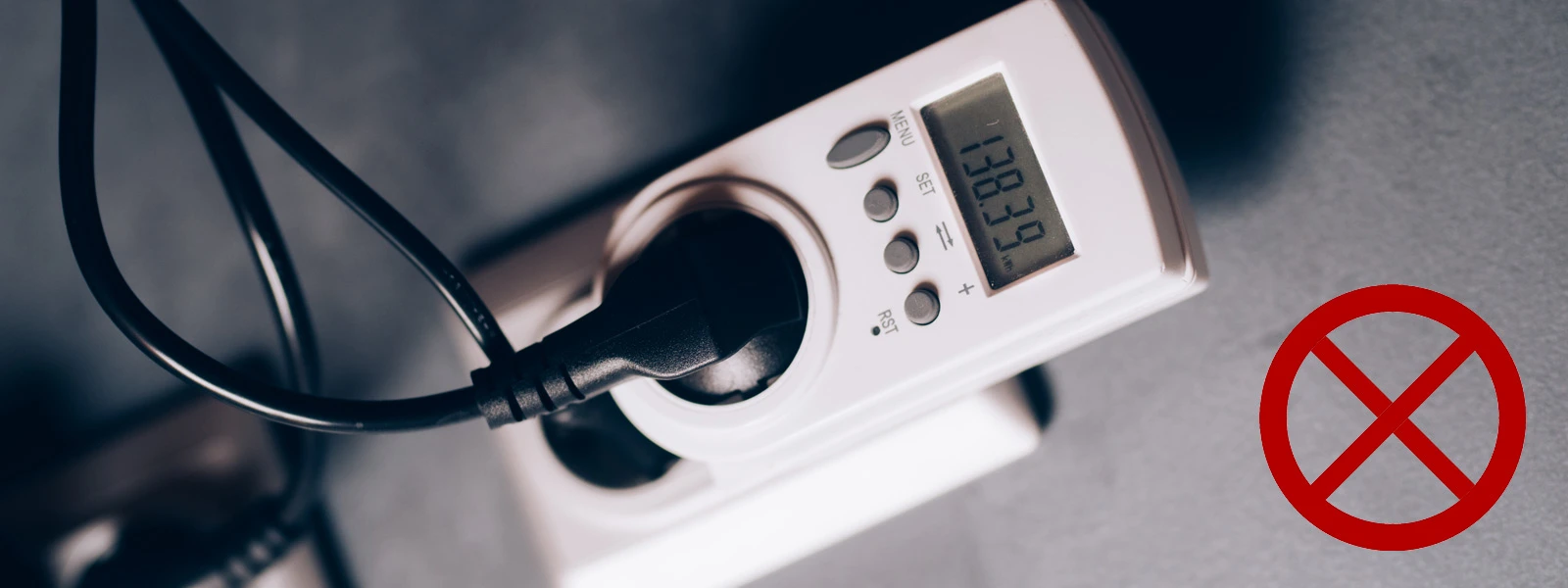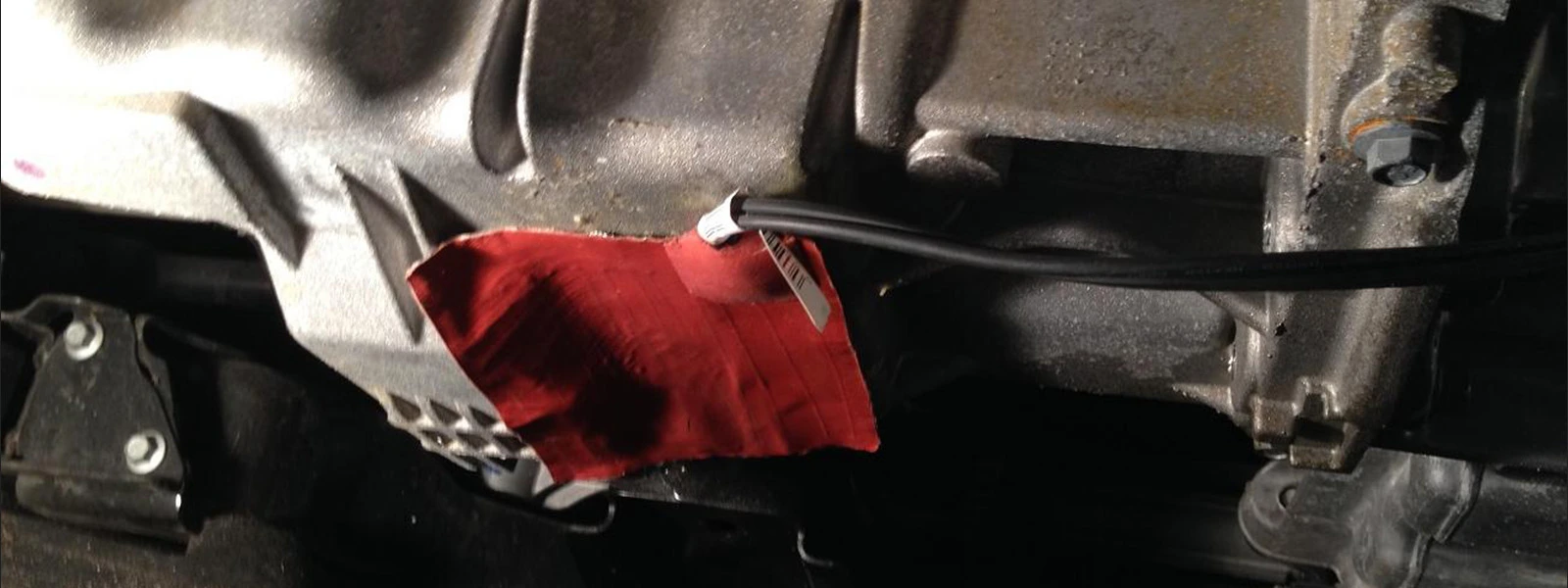How to Install Oil Pan Heater?

Let's assume sitting on a snuggly couch in front of a huge window in a cozy living room. Watching it snow, sipping on hot coffee, admiring the beauty of snow-laden trees, and enjoying the neighborhood's serenity as piles of snow
Let's assume sitting on a snuggly couch in front of a huge window in a cozy living room. Watching it snow, sipping on hot coffee, admiring the beauty of snow-laden trees, and enjoying the neighborhood's serenity as piles of snow have almost covered everything. You may find it fanciful for how it is described, but real challenges, larger than life, linger around in such places.
Life in countries more towards the North or South pole, or the countries with extremely low temperatures and cold climates, is challenging because of the harsh weather in the peak season. The weather hinders the everyday routine, and people struggle to get their jobs done. For instance, vehicles are more prone to the weather's harshness.
A vehicle is a highly mechanical assembly composed of several parts and components, working in calculated coordination. This incredible synchronization of the vehicle's parts results from the excellent performance of each part, no matter how small or large it may be. This entire automobile mechanism can be halted even by a minor defect in any of the components. Cold weather is merciless towards vehicles, and the engines struggle to start during such days; in such a case, the oil pan heater can be the savior.

This blog post walks you through the detailed information about an oil pan heater and its installation, so stay connected!
What is an Oil Pan Heater
An oil pan heater is a type of engine heater that helps the engine to work properly at extremely low temperatures. The main function of the oil pan heater is to warm up the engine oil and bring oil to its normal state. This device comprises a heating pad, connecting wires, a power supply, and an optional thermostat. Some oil pan heaters have a thermostat, while others do not have it. This heater is a clever cold strategy.
The extremely low temperature in winter literally freezes everything in cold countries. The same goes for vehicles. This intense cold affects the engine oil, too, and it becomes more viscous and thicker. Since we have already discussed the significance of each component and its function in a vehicle, this thickening of the engine oil brings us no good news! This puts a great strain on the engine because the engine is not sufficiently lubricated. This happens particularly when the temperature falls below zero centigrade or 30 degrees Fahrenheit. Less or no lubrication can result in a struggle with starting the car, and part of the engine may experience great wear.
The perfect solution to these problems is the purchase of an efficient car engine heater, i.e., an oil pan heater. An oil pan heater warms up the engine oil and brings the oil to normal consistency and flow. It retains the oil's lubricating ability. Car owners always prefer the best quality oil pan heaters to ensure the vehicle swiftly starts on a freezing morning.

Features of An Oil Pan Heater
The technological advancement is on a mission to bless the devices and components with incredible features. The oil pan heater itself is a wonderful device that has incredibly lessened the trouble of stuck engines. You will be awestruck to know that most oil pan heaters nowadays are thermostatically controlled, i.e., they start when the temperature is lowered and automatically turn off when the desired set point is achieved. This feature saves you from the hassle of manual operation.
Oil Pan Heaters are available in different power ratings, i.e., 150 watts, 350 watts, etc. There is a general rule for deciding the power rating for your oil pan heater you need power of 15 to 30 watts for every liter of oil that is supposed to be warmed or thawed. The use of high power ratings of oil pan heaters is generally not recommended because it may damage the oil pan.

Installation of Oil Pan Heater
An oil pan heater can be the best companion if you are an inhabitant of a cold land. If you agree with the problems we described and have already decided to get an oil pan heater for your car, you are in the right place because we are about to help you understand the installation.
Following are the steps for installing the oil pan heater on the oil pan.
- You are required to install the heat pad on a clean, flat, and dry surface. A clean surface is mandatory for this process. Moreover, the surface terrain must be perfectly flat for strong adhesion. It will be better to remove the already coated paint. For this, you would have to take a material like sandpaper, roloc disc, or similar material strong enough to scratch the paint. While doing so, make sure to leave the surface slightly rough. This is important because it helps in adhesion and aids bonding.
- To both the heat pad and pan, apply a considerable and generous quantity of Permatex 77 BR Silicone or a product similar to it.
- The next step is the installation of the heat pad on the pan. In doing so, apply pressure; this aids remove the excess silicone between the pan and pad.
- This will particularly protect and safeguard your vehicle from damage on early start-up in winter.
You can also install an oil pan heater by piercing the engine oil pan.
- First, drain the engine oil from the engine oil pan.
- Next, pierce the engine oil pan to provide a pilot hole. The pilot hole has drilled ends extending into the engine oil pan.
- A chamfered groove is formed covering the pilot opening to provide oil pan thickness at the base of the chamfered groove.
- To engage an internal portion of the oil pan, insert a pull into the oil pan through the pilot opening.
- This pull extracts a circular slug from the oil pan, and ultimately a hole in a circular shape is formed in the oil pan.
- A heater with bushings having an expandable tubular section extends from an enlarged head.
- Crimp the tubular section, and seal the enlarged head into the oil pan.
- Finally, attach the heater to the enlarged head.

Special Instructions for Installation
The installation should be carried out considering a few instructions for convenience.
- A better and recommended practice is to calculate the oil level before installing the oil pan heater. Do not install the oil heater above the minimum oil level.
- It is advised not to install the oil heater in the sump drain. Installation of the oil heart in both the sump drain or with the elements in a vertical position is not recommended. If you install the heater in a vertical position, it may cause the oil level to fall below the height of the heater element. An incompletely submerged heater can cause overheating and damage the oil.
- The wall of the base or sump must be at least 3/8 inch (10 mm) thick to provide an adequate mounting hole. In case the sump wall is extremely thin and fragile, you must install a flange to mount the heater. Thin sump walls are not trustworthy. If your heater is mounted on a thin sump wall, it is prone to damage by vibration, resulting in its detachment or leaking.
- Install the thermostat approximately 2-1/2 inches (64 mm) to either side of the oil heater and 2-1/2 inches (64 mm) above the heater.

When Should We Plug on The Oil Pan Heater
Monitoring the temperature in this regard is important. It is generally advised to plug on the heater once the temperature reaches -15 degrees. The best way to use an oil pan heater is to plug it in four hours before your drive because this practice is good enough to warm the engine.
Precautions While Installing An Oil Pad Heater
- Before performing electrical tasks, disconnect the power supply. You must hire a trained and professional technician to perform wiring according to the national and local electrical codes.
- Select a point along the heater cord where it will connect the thermostat cord. Ensure the thermostat cord is long enough to reach the connection point.
- Cut the green wire and one power lead at the selected point of the heater cord. Split each wire apart into 4-inch (102 mm) segments.
- Using appropriately rated connectors, splice the wires together. Wrap the splice with electrical tape to protect the splice and reduce strain.
- Select a premium quality thermostat. It is crucial because the heater heats the oil directly; a poor-quality thermostat may not trip on the set point, go bad and burn the oil.
Conclusion
The human brain is an incredible wonder of nature that is constantly finding ways and is on an exploration and discovery voyage. No matter how harsh nature may become, the professionals pop up with a good remedy, for instance, the oil pan heaters! Oil pan heaters are the devices used to warm the engine oil to get it back to normal flow and consistency. It happens to the engine oil in extremely cold climates where the mercury may drop below the freezing point. In such cases, the vehicles' engines find it hard to normally start because the engine is not well-lubricated. This situation may lead to the wear of the engine parts.
An oil pan heater is a good commodity to get your hands on. The installation is easy and can be done according to the manual or steps mentioned above. Welcome to choose from our A-Premium online store.




